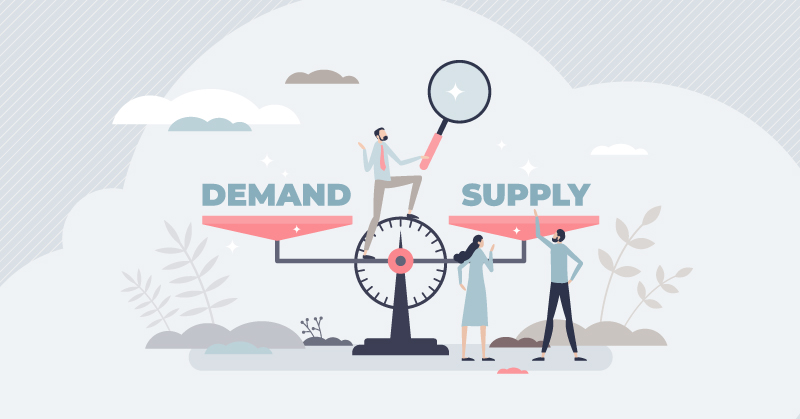To the list of recent retail industry headaches — COVID, the great resignation, supply chain disruptions, inflation, declining consumer sentiment — we can now add the looming threat of stagflation.
Stagflation…roughly defined as what happens when rising prices converge with declining demand.
In my daily discussions about planning and forecasting with executives at major companies, a frequent topic is anxiety about missing short-term financial targets. “We’re just not going to hit our numbers.” Some are debating the usual defensive tactics, like reducing or cancelling orders, cutting overheads, thinning SG&A expense line items and shelving expansion plans.
While Wall Street and Private Equity leaders have the time to leisurely cogitate the long view, business leaders (CEO’s, CMO’s, etc) have to make commitments today with real dollars based on their best guesses about the state of the consumer next fall and spring.
The case for a rough patch ahead is compelling.
But, what to do? Read on…
In spite of low unemployment and higher wages, consumers have been losing buying power for staples like gasoline, food, and shelter. In March, the national average cost to rent a one-bedroom apartment was 12% higher than a year ago, according to Zumper.com, an apartment listings platform. Driven in part by the war in Ukraine, the price of a pound of bread is 27% higher today than it was before the pandemic, according to the St. Louis Fed. Gasoline is up more than 100% from two years ago.
What’s a retailer to do? Raising prices turns off shoppers. Squeezing margins turn off investors. And slashing overhead turns off everybody.
But those three options are “shortsighted tactical relics of earlier eras,” according to Oded Koenigsberg, a professor of marketing at the London Business School.
In an article published recently in the Harvard Business Review, Koenigsberg argues that during the 1970s stagflation malaise, and even as recently as the Great Recession, companies were flying blind compared to today.
“Inflation in 2022 is a different story,” he says. “Managers now enjoy a level of market visibility and agility that their predecessors could have hardly imagined even one generation ago. Managers have much better data and more sophisticated tools to analyze and turn this data into useful information to support decisions.”
This is wise advice for any industry but especially for management decision-makers who every day can and do harvest a rich trove of data mined from consumers to detect trends that can be used to deploy tactics like dynamic pricing.
Technology has made it possible to test any aspect of a brand, a line, or even such details as color preference, all in real-time.
These and other tools reduce the chance of well-intended but poor and costly management decisions.
In fact, inflation or stagflation or whatever we end up labeling the next period in economic history could be an opportunity for companies to, as Koenigsberg puts it, “choose from a better set of options.”
 at Forbes.com (subscription required).
at Forbes.com (subscription required).













